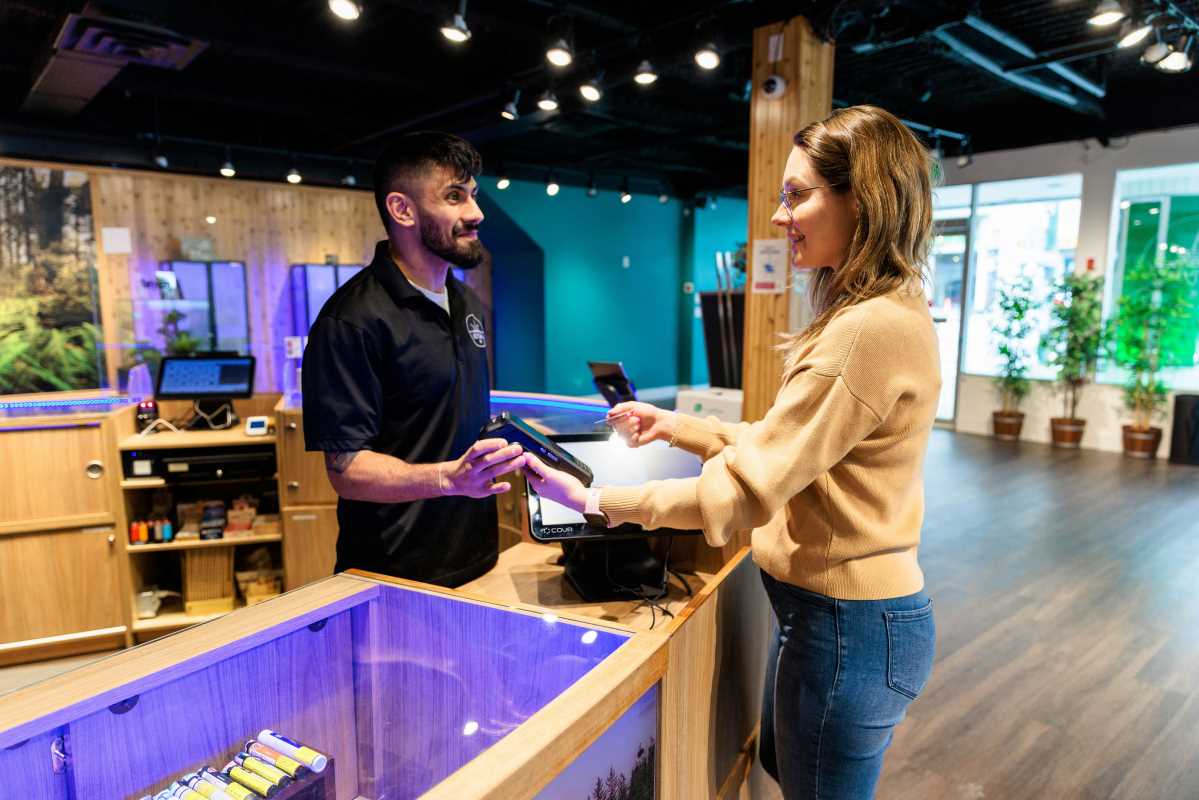In today’s highly competitive business environment, delivering exceptional customer experience (CX) is essential for gaining a competitive edge. The better the experience you offer, the more likely customers are to stay loyal, recommend your brand, and ultimately contribute to your business's success. Here are ten effective strategies to elevate your customer experience and ensure that your business stands out.
1. Personalization is Key
Personalization is a powerful tool in enhancing customer experience. By collecting and analyzing data on customer preferences, behaviors, and past interactions, you can tailor your products, services, and communication to meet their specific needs. For example, personalized recommendations, special offers on items they’ve previously shown interest in, or even addressing customers by their names in communications can make them feel valued and appreciated. This personalized approach not only increases customer satisfaction but also fosters loyalty and repeat business.
Personalization can be implemented through various channels, such as email marketing, website experiences, and customer service interactions. Advanced technology, like AI-driven recommendation engines, can further enhance your ability to deliver personalized experiences at scale.
2. Seamless Omnichannel Experience
In today’s digital age, customers interact with businesses across multiple platforms and expect a seamless experience, whether they are on your website, using your mobile app, engaging on social media, or visiting your physical store. Ensuring consistency in branding, messaging, and service across all channels is crucial for building trust and confidence in your brand.
A seamless omnichannel experience means that a customer can start an interaction on one channel and continue it on another without any disruption. For example, they might start shopping on your website, ask a question via social media, and complete the purchase in-store. Consistent and connected experiences across channels make it easier for customers to interact with your brand, thereby enhancing overall satisfaction.
3. Proactive Customer Service
Proactive customer service involves anticipating your customers' needs and addressing potential issues before they arise. Instead of waiting for customers to reach out with a problem, businesses can take the initiative by providing helpful information, updates, or solutions in advance. For instance, if there’s a delay in shipping, proactively notifying customers and offering alternatives can prevent frustration and demonstrate your commitment to their satisfaction.
This approach shows that you care about your customers’ experience and are dedicated to providing them with a positive, hassle-free interaction with your brand. Proactive customer service not only improves customer satisfaction but also strengthens customer loyalty by building trust.
4. Efficient Self-Service Options
Many customers prefer to solve issues on their own rather than contacting customer support. Offering efficient self-service options empowers customers to find answers and resolve problems at their convenience. This can include a well-organized FAQ section, detailed product guides, interactive tutorials, or AI-powered chatbots that provide instant assistance.
Effective self-service tools reduce the burden on customer support teams, allowing them to focus on more complex inquiries while providing customers with quick and easy solutions. When customers can easily find the information they need, it enhances their experience and reduces frustration.
5. Gathering and Acting on Customer Feedback
Listening to your customers is vital for understanding their needs and expectations. Regularly collecting feedback through surveys, reviews, and social media can provide valuable insights into areas where your business is excelling and where there is room for improvement. However, gathering feedback is just the first step—acting on it is what truly matters.
When customers see that their feedback leads to tangible changes or improvements, they feel heard and valued. This can be as simple as addressing common complaints or as significant as launching new features based on customer suggestions. By demonstrating that you take customer feedback seriously, you build stronger relationships and enhance loyalty.
6. Employee Training and Empowerment
Your frontline employees are the face of your brand and play a critical role in shaping the customer experience. Investing in comprehensive training programs that focus on communication skills, product knowledge, and problem-solving abilities ensures that your team is equipped to deliver exceptional service.
Beyond training, empowering employees to make decisions and resolve issues on the spot can significantly improve the customer experience. When employees have the autonomy to go above and beyond for customers, it leads to faster resolutions and more positive interactions. A well-trained and empowered team can turn a negative experience into a positive one, leaving a lasting impression on the customer.
7. Building Emotional Connections
Creating emotional connections with customers can transform a one-time transaction into a long-term relationship. Emotions play a significant role in decision-making, and businesses that connect with customers on a personal level can foster deep loyalty. This can be achieved by showing empathy, sharing your brand’s story, and aligning with your customers' values.
For example, brands that engage in social responsibility initiatives or support causes that resonate with their customers often see stronger emotional bonds. These connections make your brand more memorable and meaningful, leading to greater customer retention and advocacy.
8. Consistent Brand Messaging
Consistency in your brand messaging across all channels is essential for building trust and credibility. Whether through your website, social media, customer emails, or in-store interactions, your brand’s voice, values, and promises should remain consistent. This consistency helps customers develop a clear understanding of what your business stands for and what they can expect from you.
Inconsistent messaging can confuse customers and erode trust, leading to a fragmented experience. By maintaining a cohesive brand message, you reinforce your identity and build stronger connections with your audience.
9. Innovative Technology Solutions
Leveraging innovative technology can significantly enhance the customer experience. For instance, AI-powered chatbots can provide instant customer support, while personalized recommendation engines can help customers discover products they’re likely to love. Virtual and augmented reality experiences can also add a new dimension to the customer journey, making interactions more engaging and memorable.
By staying at the forefront of technology, you can differentiate your brand and offer experiences that stand out in a crowded market. Technology not only streamlines operations but also provides customers with the convenience and personalization they crave.
10. Continuous Improvement and Adaptation
The business landscape is constantly evolving, and so are customer expectations. To remain competitive, it’s crucial to continuously evaluate and adapt your customer experience strategies. This means staying informed about industry trends, regularly seeking customer feedback, and being open to experimenting with new ideas.
Continuous improvement involves not only addressing current pain points but also anticipating future needs. By adopting a mindset of constant learning and adaptation, your business can stay ahead of the curve and continue to deliver exceptional customer experiences.
An Ongoing Effort
Improving your business’s customer experience is an ongoing process that requires dedication, creativity, and a deep understanding of your customers' needs. By implementing these ten strategies—ranging from personalization and proactive service to leveraging technology and fostering emotional connections—you can create a customer experience that not only satisfies but delights. Prioritizing customer experience not only enhances customer loyalty but also drives sustainable business growth and success in a competitive market.
(Image via Unsplash)







